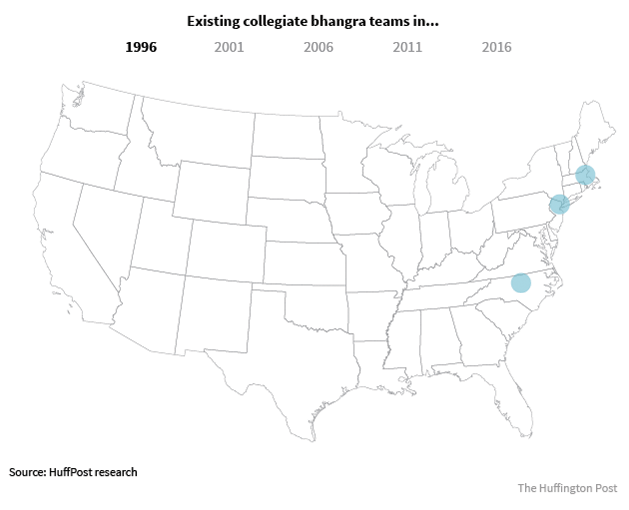Currently, we’re all most likely sitting in our houses urging to get out and do something besides just sitting. We can’t go to our favorite restaurants, shops, and even the gym. Without the gym, we find ourselves trying to think of our own workout routines that we can do at home. We may have a couple weight sets or a treadmill in our houses, but its nothing compared to what we can find at a gym. We want to maintain a healthy lifestyle and not gain too much from just lounging. Well, I have an option that might help you with that. Do some bhangra!
Dancing as a whole is a great exercise that helps your whole body. There are so many different styles of dance, and they all have different levels of energy involved. Bhangra is known to be a high intensity dance that coordinates multiple movements. This will ensure that you get a proper full body workout. You will get a great cardio warmup as you dance the different moves. Some moves will be fast paced which will make you tired faster while other moves allow for a quick breather as they are not as intense. When you put all of your effort into the dance, you will maximize your heart beats and you will feel even more energized.
As I started to learn the dance, I was surprised to hear that you can even target certain parts of the body while dancing. As you move you shoulders and arms repetitively, you will be working out different muscles in the upper body. This can mimic a light weights session since you are constantly moving those arms around. Furthermore, you can work out your lower body from the constant jumping and leg turns you will learn. From personal experience, if you continually do the style of jumps that bhangra dancers do, your legs will be begging for you to stop. You can go beyond these basics of the dance exercise too. If you choose, you can contract the muscles in your back. The muscles will be more engaged, and it can also help with the appearance of the dance. Beyond the back muscles, you can tone your core as well. Keeping these muscles engaged will allow you to flow into consecutive moves much more smoothly. It not only helps with the appearance of the dance, it can also help with you posture. Engaging both the back and core muscles, you stand taller. Bhangra is all about making yourself look big and energetic which can be accomplished by engaging these muscles. Lastly, you can also build on your coordination and focus through practice of this dance. The music is very coordinated and all of the beats are enunciated in the songs. Because of this, you can work on your coordination by making each move you execute match up to each beat of a song.
This idea of dancing and performing bhangra isn’t something new. In fact, there are already groups and gyms that hold workshops. I mentioned in my previous post that there numerous bhangra workshops across the country, and these focus on the true style of the dance. Some other organizations have opened up shops to encourage physical activity in a fun way. So what are you waiting for? Go ahead and start exercising!
